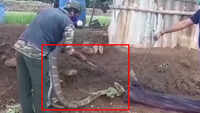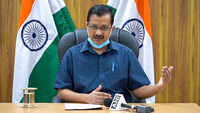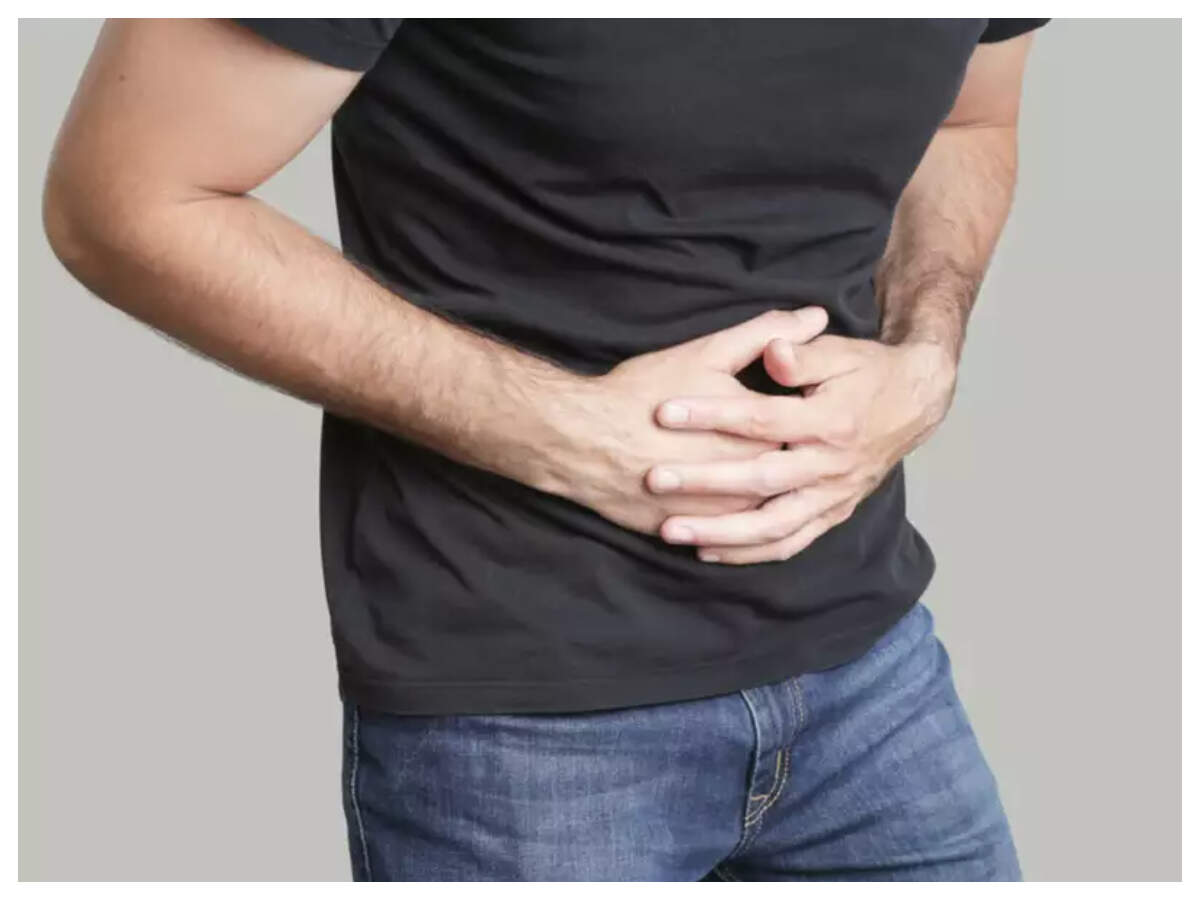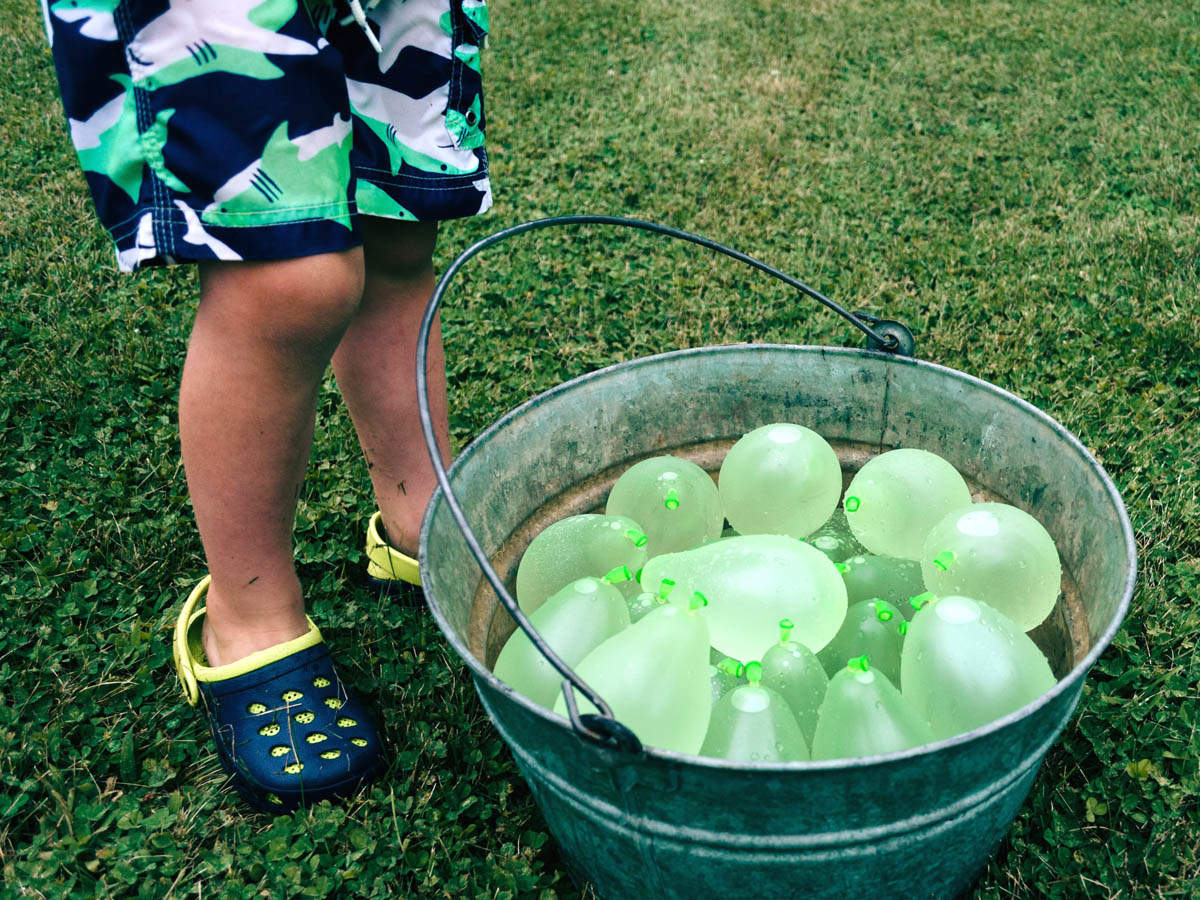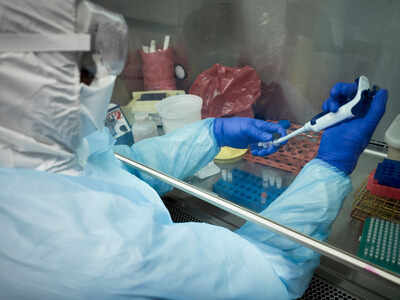
GURUGRAM: Five districts in Haryana — Gurugram, Faridabad, Sonipat, Rewari and Bhiwani — have a much higher positivity rate than the 2% the state government would like to see. All these districts have a positivity rate of more than 6%, which puts them in the “critical” category according to the guidelines of the Union ministry of health and family welfare.
In the past 20 days, Gurugram has seen a 3 percentage point dip in its positivity rate — from 13.8% on June 21 to 10.6% on Saturday. But the figure is still much above the desirable rate of 2%, which, officials agreed, was a cause for concern. Gurugram has recently scaled up testing samples and is focusing more on the rapid antigen method. Positivity rate is the percentage of those found to have Covid in all samples tested.
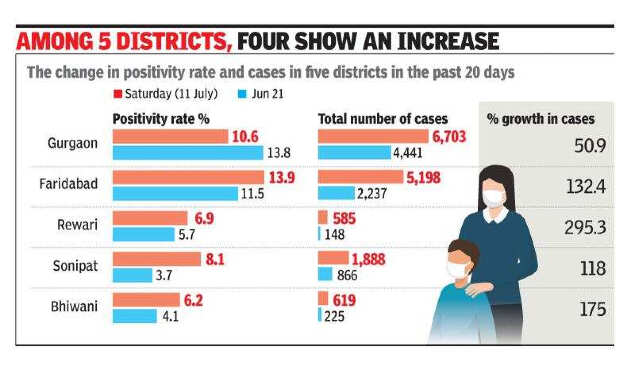
On the other hand, Faridabad has seen a 2 percentage point rise in its positivity rate during the past 20 days. From 11.5% on June 21, the district now has a positivity rate of 13.9%. The rate has increased in three other districts as well — Rewari (8.1%), Sonipat (6.9%), and Bhiwani (6.2%). The positivity rate in Rewari, Sonipat and Bhiwani stood at 3.7%, 5.7% and 4.1%, respectively, on June 21. Overall, Haryana currently has a positivity rate of 5.8%.
Positivity rate is the percentage of residents found to have Covid-19 to the number of samples being tested by the respective health departments.
“In Gurugram, the health department has already conducted more than 16,000 rapid antigen tests so far. For the other districts with a high positivity rate, we will follow the same procedure. In Faridabad, it will take at least two weeks for the results to show. Active contact tracing and early detection is the key to controlling the spread of the infection. The state government has already planned to conduct 3 lakh antigen tests over the next few days,” said Dr Dhruv Chaudhary, the nodal officer for Covid-19 response in Haryana and head of the department of pulmonary and critical care at PGIMS in Rohtak.
“We are aware that in some of the districts, the positivity rate is quite high. We will scale up testing there, too, and focus on early detection of contacts,” he added.
While the high positivity rate is indeed a cause for concern,Gurugram’s recovery rate is the silver lining. The city, which witnesssed a major spike in cases through June, has seen a slowdown recently. Also, the recovery rate in Gurgaon has increased from 77% last week to 83%, which is among the highest in the country, this week.
Current data sourced from the health department shows that Gurugram has been testing 4,044 samples for every lakh of its population. In comparison, Nuh has been conducting 774 tests on an average, Palwal 902 tests, Panipat 853 and Rewari only 658 tests per lakh.
On Saturday, the Haryana government directed Palwal, Panipat, Rewari and a few other districts to scale up testing and take preventive measures to tackle the rise in cases. According to the government’s mandate, every district should test at least 200 samples for every 1 lakh population.
“All these districts have been directed to conduct more tests in the coming days. Every district has already got rapid antigen kits. The state government is ready to provide them more according to their requirement,” said Dr Chaudhary.
In the past 20 days, Gurugram has seen a 3 percentage point dip in its positivity rate — from 13.8% on June 21 to 10.6% on Saturday. But the figure is still much above the desirable rate of 2%, which, officials agreed, was a cause for concern. Gurugram has recently scaled up testing samples and is focusing more on the rapid antigen method. Positivity rate is the percentage of those found to have Covid in all samples tested.

On the other hand, Faridabad has seen a 2 percentage point rise in its positivity rate during the past 20 days. From 11.5% on June 21, the district now has a positivity rate of 13.9%. The rate has increased in three other districts as well — Rewari (8.1%), Sonipat (6.9%), and Bhiwani (6.2%). The positivity rate in Rewari, Sonipat and Bhiwani stood at 3.7%, 5.7% and 4.1%, respectively, on June 21. Overall, Haryana currently has a positivity rate of 5.8%.
Positivity rate is the percentage of residents found to have Covid-19 to the number of samples being tested by the respective health departments.
“In Gurugram, the health department has already conducted more than 16,000 rapid antigen tests so far. For the other districts with a high positivity rate, we will follow the same procedure. In Faridabad, it will take at least two weeks for the results to show. Active contact tracing and early detection is the key to controlling the spread of the infection. The state government has already planned to conduct 3 lakh antigen tests over the next few days,” said Dr Dhruv Chaudhary, the nodal officer for Covid-19 response in Haryana and head of the department of pulmonary and critical care at PGIMS in Rohtak.
“We are aware that in some of the districts, the positivity rate is quite high. We will scale up testing there, too, and focus on early detection of contacts,” he added.
While the high positivity rate is indeed a cause for concern,Gurugram’s recovery rate is the silver lining. The city, which witnesssed a major spike in cases through June, has seen a slowdown recently. Also, the recovery rate in Gurgaon has increased from 77% last week to 83%, which is among the highest in the country, this week.
Current data sourced from the health department shows that Gurugram has been testing 4,044 samples for every lakh of its population. In comparison, Nuh has been conducting 774 tests on an average, Palwal 902 tests, Panipat 853 and Rewari only 658 tests per lakh.
On Saturday, the Haryana government directed Palwal, Panipat, Rewari and a few other districts to scale up testing and take preventive measures to tackle the rise in cases. According to the government’s mandate, every district should test at least 200 samples for every 1 lakh population.
“All these districts have been directed to conduct more tests in the coming days. Every district has already got rapid antigen kits. The state government is ready to provide them more according to their requirement,” said Dr Chaudhary.

Coronavirus outbreak
Trending Topics
LATEST VIDEOS
More from TOI
Navbharat Times
Featured Today in Travel
Quick Links
Kerala Coronavirus Helpline NumberHaryana Coronavirus Helpline NumberUP Coronavirus Helpline NumberBareilly NewsBhopal NewsCoronavirus in DelhiCoronavirus in HyderabadCoronavirus in IndiaCoronavirus symptomsCoronavirusRajasthan Coronavirus Helpline NumberAditya ThackerayShiv SenaFire in MumbaiAP Coronavirus Helpline NumberArvind KejriwalJammu Kashmir Coronavirus Helpline NumberSrinagar encounter
Get the app
